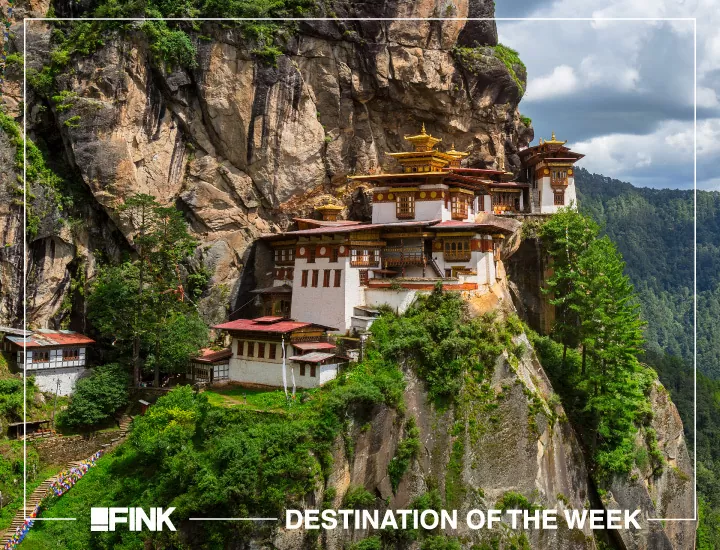
By replacing their GDP (Gross Domestic Product) by GNH (Gross National Happiness), Bhutan is known as a land where contentment abides and there is no entry visa for sadness.
In most countries around the world, the Gross Domestic Product (GDP) – the summation in monetary values of all the goods and final services produced in a country – is the main standard by which the development of a nation is measured. Basically with a financial bias, the standard cannot, by any means, be compared to the GNH, a term created by the government of Bhutan in 1972 to analyze the contentment of its citizens. Thus, using the Gross National Happiness as a representation of its annual growth, Bhutan is the self-proclaimed happiest country in the world. This concept was named by King Jigme Khesar Wangchuk, father of the present monarch of the same name, when he proclaimed that the happiness of the Bhutanese was more important than the summation of the wealth produced in the country, thus professing democratically the aspirations of the population for evaluating the country.
Situated between China and India in the Himalayas, the small Asian kingdom has a tropical climate, similar to Rio de Janeiro’s, but that’s where the similarity to Brazil ends, since the country’s territory is just a bit larger than the state of Rio de Janeiro, and its population is only 800 thousand inhabitants, smaller than Nova Iguaçu’s population. These small numbers seem to be one of the factors that give rise to the intimate character of Bhutan, where the royal family, though venerated by the people, leads a life similar to the whole of society’s, walking in the streets among the Bhutanese and proving that simplicity is the key to success in raising the GNH. Add to all of this the paradisiacal landscapes of the country also known as “the last Shangri-La”, due to its preserved forests, crystal-clear rivers, and the wealth of its flora and fauna.
And entry to this paradise is strictly limited. The Bhutanese government exercises rigid control over the presence of tourists, and demands that those interested in visiting the country shall close a package deal with one of the tourism operators in order to receive the obligatory visa for foreigners. And it isn’t cheap: packages cost between US$200 and US$250 per day, depending on the time of the year (the high season is from March to May, or between September and November). The contract includes a guide, a driver, accommodation in hotels (3 to 5 stars), and free access to the country’s main tourist attractions. Speaking of unmissable places to visit in Bhutan, the first tip is to know Taktsang, the Tiger’s Nest, the most sacred monastery in Bhutan. Local legend tells that the Guru Ripoche, responsible for the country’s Buddhism, arrived in Bhutan on a winged tiger, and scared away a demon that lived on the mountain where the temple was built later, on the nest made by the tiger.
You should also visit the Drugyal Fort, a memorial honoring Zhabdrung Ngawand Namgyal, who saved Bhutan from an invasion by the Tibetan army in the 17th century. Another place abounding in history is the Paro National Museum, that tells the history of the country through masks that are used during the annual Paro Tshechu Festival. The Punakha Dzong also deserves a visit, in order to understand the preparation and devotion of Buddhist monks. It is there that we find the Central Monastic Body, where monks that are being prepared must live for a time to deepen their studies. Another visit of a religious nature is to Dordenma Buddha, which holds a gigantic statue celebrating Jigme Singye Wangchuk, the fourth Dragon King of Bhutan. Inside the building there are no fewer than 100 thousand statues of the Buddha.
Another incredible and unmissable tour, as much for the view as for the experience, is the suspension bridge over the Po Chu River. The huge and fantastic bridge links two small villages, and charms tourists from all over the world with the view it offers. But one cannot visit Bhutan without touring the Chimi Lhakhang, one of the most curious places in Asia. According to local belief, the temple, full of phalluses spread out on paintings and sculptures, holds the formula for fertility if the visitor receives the blessing of a large wooden phallus. Lastly, if the tourist misses the West, he should visit Thimphu to see a completely unusual ambience in comparison to Bhutan’s other regions. As in any other big city, the place boasts famous fast-food chains, shops and restaurants, in a pleasant contradiction to Bhutanese traditions.










